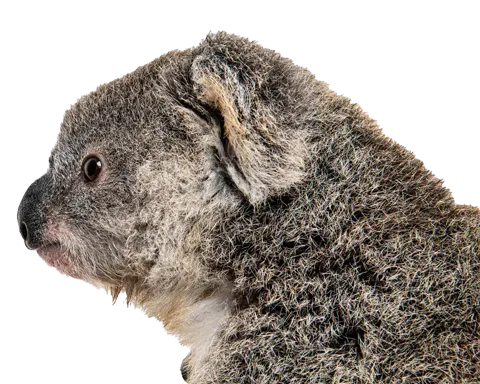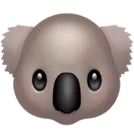
"I had a wonderful experience just a few weeks ago with a fledgling lorikeet that a young lady had rescued on her way to work. She'd almost stepped on him getting off the bus," explains Carolyn. “I think he was perhaps on his first flight and flew into a window. This is very common with fast-flying birds. They see the reflections of trees in the windows and fly straight into them.”
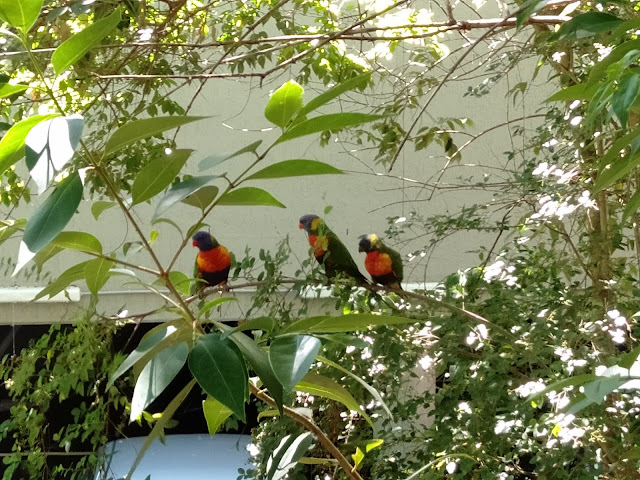
_Lorikeet family reunited
_

_Lori Mum feeding chick
_
Thankfully the little lorikeet was stunned but otherwise unhurt. Carolyn put him in a cage on her balcony, and it wasn't long before the lorikeet's parents arrived.
“Lorikeets are very devoted parents,” says Carolyn. "The young lorikeet had heard the parents calling in the trees and drew them to my balcony by calling back to them. They sat with him that evening and fed him some apple I had provided. Although I had initially left the door of the cage open he would not leave so they sat with him through the night. It was just beautiful.”
The next morning the fledgling finally found the confidence to fly away, followed closely by the parents.
Carolyn explains that the role of the carer is to provide a safe and quiet space, with the appropriate food and shelter, for the bird to recover. She and the other carers make sure they do not humanise young birds in any way, they don’t look the birds in the eye or talk to them.
Over the years Carolyn has learnt the different characteristics of each species.
“The species have different personalities,” says Carolyn. “Kookaburras are fairly easy to care for and handle, they're not aggressive and can become quite docile when in care. Lorikeets on the other hand are active and gregarious, but you have to be careful because they may bite if they're upset or frightened.”
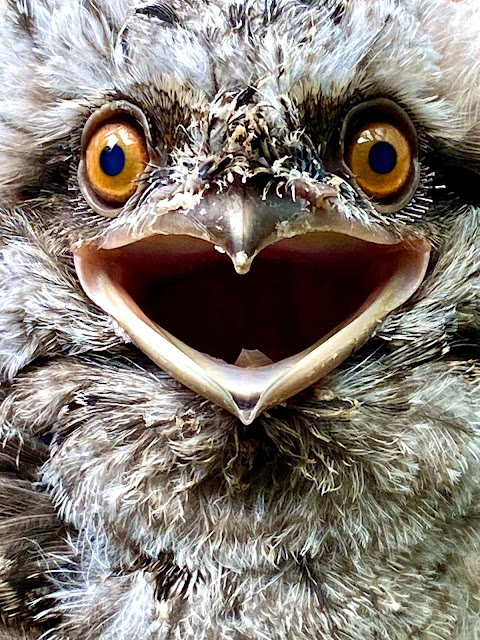
_Tawny chick - Picgture: Barb Potts
_
And then, of course, it's essential to make sure rehabilitated birds are released in the correct areas. Kookaburras are territorial and live in family groups; introducing a non-family member may lead to them being attacked. Tawny frogmouths also live in family groups and young ones particularly need to be with others in the aviary and not left by themselves.
The baby rainbow lorikeet’s rescue and release is a heartwarming story but sadly, not every rescue has a happy ending. Lorikeets and other native birds are prone to beak and feather disease. It's a debilitating, incurable condition that leaves the bird unable to fly.
Every bird in care has specific needs and requirements, depending on their injuries and species. Some need a quiet space to recover while others will need a vet's attention. As Bird Coordinator, Carolyn's primary role is providing support to new carers as they gain experience rehabilitating birds for release.
“Different birds have different needs, and there's a lot to learn as a new carer," says Carolyn. “Every new member has undertaken our Rescue and Care Course but we recognise that putting the knowledge into practice requires good support. Sydney Wildlife has experienced members who take on the role of Coordinator for the animals that come into our care from wallabies and possums through to bats and reptiles. We are there for members helping them gain confidence and resilience on their journey with their charges from rescue, through rehabilitation and on to release (which is the best experience for any carer).”
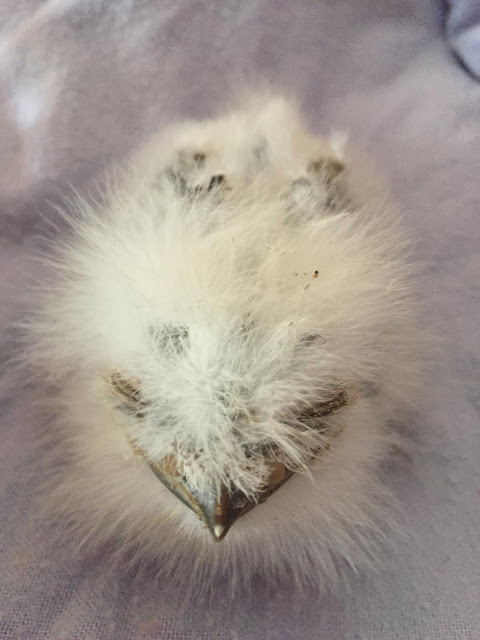
_Tawny Frogmouth Chick 5 days old
_
After a forced hiatus due to Covid 19, Carolyn is excited that the courses will soon be up and running, primarily on line. Once new members have completed the basic course, they can choose to move onto courses specialising in specific animals, including, baby possums, reptiles and even raptors.
As a dedicated volunteer, Carolyn is also the office manager and co-ordinates the Sydney Wildlife Rescue phone line, another area where volunteers are needed.
“Anyone who has a love of wildlife and some time to devote will be welcomed with open arms” says Carolyn. “We're always looking for people to assist by answering the phones to members of the public and we provide full training and support for this. It's a wonderful thing to do, and people are very grateful for our help."
There are simple things that every bird lover can do to help the native birds in their area. Planting native plants is the best way to attract birds to your garden and ensure they can access an appropriate food source. Leaving out water, especially on hot days, is also helpful.
Carolyn points out that while it can be tempting to feed native birds, it's not a good idea. While it's often well-meaning, feeding native birds the wrong foods can impact on their health and damage their gut.
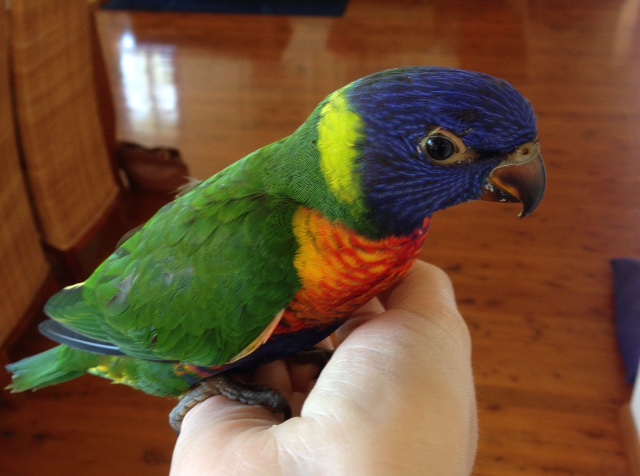
Healthy Rainbow Lorikeet fledgling
"People enjoy having birds in their gardens, which is understandable, but feeding bread and even seed to birds can be harmful. For example, lorikeets are nectar feeders and eating seed will damage their tongues which are delicate and adapted for licking. We don't advocate feeding native birds because their diet will become unbalanced. They need to hunt for the foods that are right for them.”
If you do find an injured native bird, Carolyn advises to drop a suitable sized towel over it, wrap it up gently if you can and keep it contained in a quiet place. Then call Sydney Wildlife Rescue on 9413 4300 and Carolyn or one of the members of her team will be there to help.
